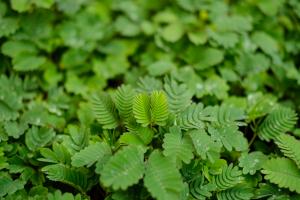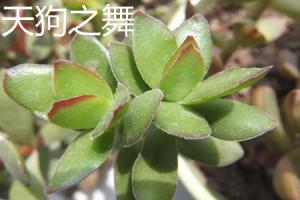Introduction: The Importance of Trimming Overgrown Tomato Plants
Tomato plants are notorious for their rapid growth and tendency to become overgrown, resulting in poor fruit development and reduced yield. Trimming back overgrown tomato plants is an essential part of proper plant care, as it promotes healthy growth, improves air circulation, and encourages the development of large, robust fruit. In this article, we will discuss how to trim back overgrown tomato plants and provide tips for achieving the best results.
Step One: Observe and Identify the Problem Areas
Before beginning to trim your overgrown tomato plants, it is crucial to identify the problem areas that need attention. Look for areas of the plant that are densely packed, have excessive foliage or are showing signs of disease or pests. Pay special attention to the areas around the base of the plant and the top of the canopy.
Step Two: Gather Your Tools and Materials
Once you have identified the problem areas, gather your tools and materials. You will need a sharp pair of pruning shears, a small hand saw, garden gloves, and a trash bag or compost bin. Be sure to sterilize your tools by wiping them down with a disinfectant solution to prevent the spread of disease.
Step Three: Remove the Bottom Leaves
Start by removing the bottom leaves of the plant, particularly those that are yellow or brown. These leaves are often the first to die off, and removing them promotes better air circulation around the base of the plant, reducing the risk of fungal infections. Use your pruning shears to clip the stem just above the leaf node.
Step Four: Thin Out the Canopy
Next, thin out the canopy of the plant by removing any vertical shoots that are growing between the main stem and branches. These shoots, called suckers, divert resources away from fruit development and can cause the plant to become overgrown. Use your pruning shears to clip the sucker off at its base, being careful not to damage the main stem or branch.
Step Five: Prune the Top of the Plant
Finally, prune the top of the plant by removing any diseased or dead branches or leaves. Pay attention to the top of the canopy, where excessive growth can occur, and prune back any branches that are inhibiting air circulation. Use a small hand saw to cut through larger branches, making clean cuts at an angle.
Tips for Success
To achieve the best results when trimming back overgrown tomato plants, keep the following tips in mind:
- Trim your tomato plants early in the morning or late in the day to avoid stress on the plant.
- Always use sharp, clean tools to prevent the spread of disease.
- Be patient and take your time, making small cuts to avoid damaging the plant.
- Dispose of diseased or damaged material in a trash bag or compost bin to prevent contamination.
- Water your tomato plants thoroughly after trimming to prevent stress.
Conclusion: The Importance of Properly Trimming Tomato Plants
Trimming back overgrown tomato plants is a crucial part of maintaining healthy growth and maximizing fruit production. By identifying problem areas, gathering your tools and materials, and following the steps outlined in this article, you can help your tomato plants reach their full potential. Remember to always practice proper plant care, including regular watering, fertilizing, and pest management, to ensure the best possible results.

 how many times do yo...
how many times do yo... how many planted tre...
how many planted tre... how many pine trees ...
how many pine trees ... how many pecan trees...
how many pecan trees... how many plants comp...
how many plants comp... how many plants can ...
how many plants can ... how many plants and ...
how many plants and ... how many pepper plan...
how many pepper plan...




























